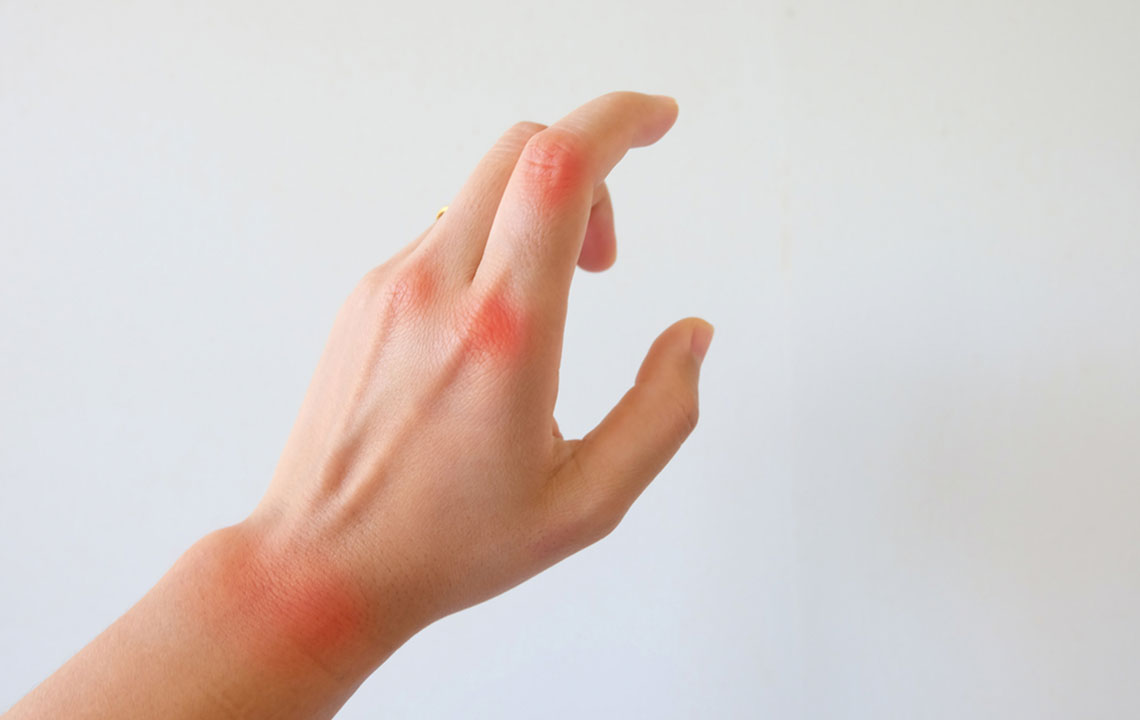Popular Treatments for Rheumatoid Arthritis that You Must Know
Rheumatoid arthritis or RA is a disease where the body’s immune system attacks its own tissues. It is a chronic disorder causing inflammation, leading to erosion of tissues in the joints. The inflammation, if severe, can attack body’s internal organs too. There are several rheumatoid arthritis treatments available which can’t entirely cure the disease, but it can keep the symptoms under control. This is done with the help of medication and physiotherapy. Rheumatoid arthritis treatments usually can be divided into a combination of drugs, therapies, and surgeries based on the severity of the condition and the age of the patient.
The advances in the treatment of the disease have considerably helped people, diagnosed with rheumatoid arthritis, lead an active life for a longer period.

Medication
Treatment for rheumatoid arthritis has evolved a great deal in the last couple of decades. These days, patients are treated with disease-modifying antirheumatic drugs, also known as DMARDs. Doctors prescribe these drugs along with anti-inflammatory non-steroidal drugs.
Surgery
People suffering from permanent damage can opt for surgery to repair and replace the damaged portions of the joints. Surgery tackles the disability by replacing the severely damaged parts with plastic and metal parts. People rendered motionless and immobile can hope to lead a normal and active life after an RA surgery.
Physiotherapy
Many patients with mild to moderate arthritis often seek the help of physical or occupational therapists to help strengthen the joints and make them flexible. The therapists can also help the patients make daily tasks easier by telling them to do the task involving lifting etc., with the aid of their forearms instead of sore fingers. This usually helps distribute the pressure from one body part to the other, making daily chores easier. Many therapists also direct patients to buy assistive devices that can help them go about routine tasks with greater ease.
Diet
Apart from the prescribed medication, a diet rich in antioxidants can match shoulders with inflammation reducing drugs and can bring down the levels of joint damage in a body. A Mediterranean diet, highlighting the presence of fish, fruits, vegetables and olive oil, can do a great deal for RA patients. On the contrary, processed and junk food items are best when avoided. You can consult your doctor for a detailed list of trigger foods that should be eliminated from your diet to control the condition.
Lifestyle changes
Working professionals can benefit from timely and organized breaks at work in addition to mild warm-up exercises. Flexing and strengthening muscles can work as a natural therapy. Most importantly, a healthy mind and resilience can bring out the positives on the table and can help one endure the pain with resolve.

